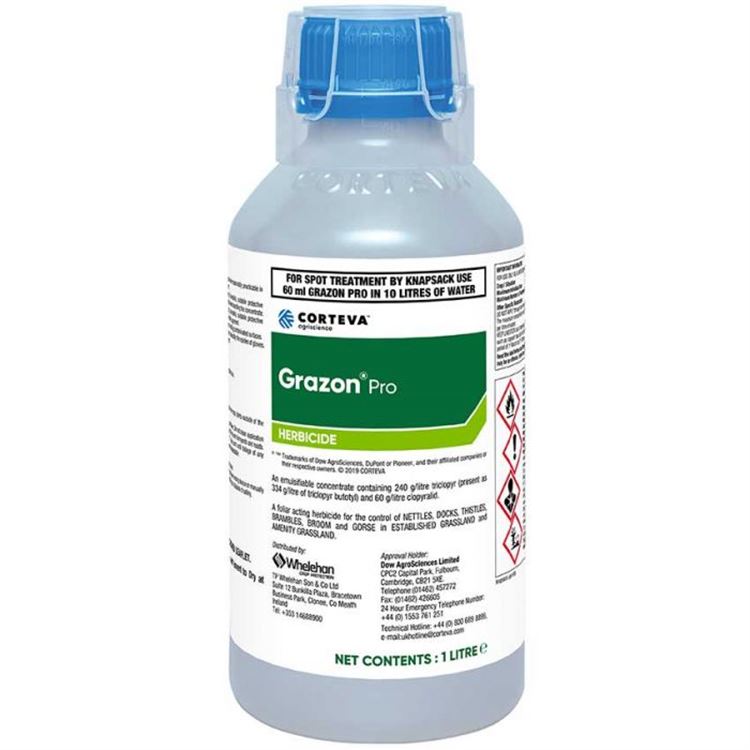

The ProblemĬreeping buttercup is a difficult-to-control weed that can quickly smother grass in lawns and plants in beds and borders, especially in poorly drained soil. Seeds are dispersed by wind, water, birds, farm animals, rodents, and other animals by adhering to them with the hooked seeds. Plants from ruderal habitats tend to flower more freely perhaps because seed production is more beneficial in a disturbing situation. Seeds can remain viable in the soil for at least 20 years, and up to 80 years, especially under acid or water-logged conditions.Ī flowering shoot may yield 140 seeds and the average seed number per plant is 687. Seeds: Each plant produces about 20 to 150 seeds. The five petals of the Creeping Buttercup fully open during summerįlowers: This flower is yellow with five petals on each bloom, but often has six or more petals at times due to genetic mutation among flowering plants during pollination which also leads them to be taller than most other flowers in their family-upwards of 1 ½ foot tall when they grow fully erect instead of prostrate along the ground as many others do. It’s no wonder these pesky weeds continue popping up even after you’ve cleared an area. The root system starts out about four centimetres below ground level and digs down anywhere from sixteen-to-thirty centimetres before branching out into all directions for another two meters on average. Roots: These plants have rather thin roots that can grow up to three feet deep and fifteen inches wide. The foliage is actually more closely related to heathers as opposed to other types of plants which also happen to share similar characteristics such as various species of mint – spearmint being one example. The stems, typically around sixteen inches in height, consist mostly of green leaf stalks with broad blades resembling those from common pines. Stems: Stems can reach heights of up to 60 cm (2 feet) but are often much smaller.Ĭreeping buttercups are a type of weed that can grow to be about 16 inches tall and their leaves have the look of pine needles.

The underside of the Creeping buttercup petals


 0 kommentar(er)
0 kommentar(er)
